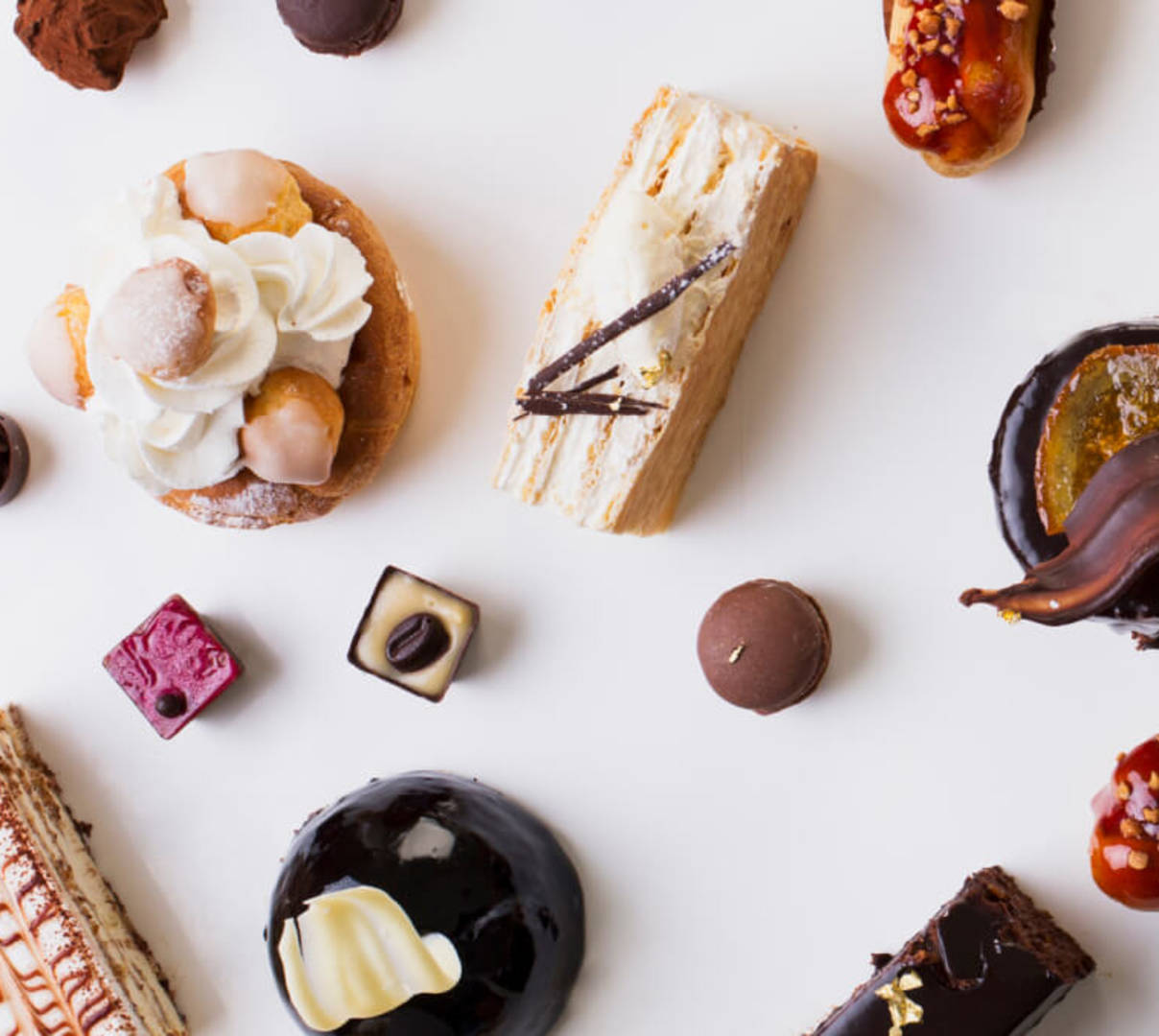While historically desserts have mixed reviews when it comes to profit margins — and, in fact, are sometimes seen as an enemy to restaurateurs — a strategically designed restaurant dessert menu with well-thought-out prices can indeed pay off in the long run. Similar to your restaurant's curated cocktail list, a dessert menu is the cherry on top of a satisfying meal: your guests may not need it, but a tempting list is worth the extra splurge and may lead to other upsells, like digestifs and coffee.
As you develop a strategy on how to price your desserts, it's imperative to keep your food cost percentage in mind. That said, there are many other factors at play. Here are the top considerations when creating and pricing your dessert menu.
Benefits of a Mouthwatering Dessert Menu
A thoughtful dessert menu, even if it's only a few items, shows your clientele that you put care into the full menu and want a cohesive brand for your restaurant. What's an Italian menu without tiramisu, or a French restaurant without a crème brûlée? Even if guests are too full for dessert by the time the menu is dropped, there's comfort in knowing that it's available — and guests can still ogle over the mouthwatering options. For customers ordering delivery or pickup, consider adding a sweet option that travels well — like cheesecakes, cupcakes, or pots de crème — without worrying that the dishes will melt en route or arrive too cold.
Beyond showcasing your restaurant's brand identity, the best dessert menus can make a meaningful impact on your bottom line — especially if that dessert menu is created holistically with the rest of the menu. Suggesting wine or digestif pairings on the menu encourages an additional upsell for guests even if they decide to split a dessert, and highlights the dessert menu as just as important as the more savory options. If your restaurant doesn't have the ability to set up a full-blown pastry operation, consider partnering with a well-known, nearby bakery or purveyor to minimize overhead costs, maximize profits, and develop meaningful local partnerships.
How to Price Desserts
Temptingly sweet desserts surely inspired the phrase, "saving the best for last." But while they come at the end of the meal, these treats shouldn't be an afterthought for your budget. As you begin your menu pricing strategy for your dessert menu, it helps to analyze your costs just as you would any other menu item. By factoring in business expenses, labor costs, goals for dessert profit margins, and more, your dessert menu can boost your restaurant's profitability — sweetening the pot at the end of the day. Here are a few elements to take into consideration when pricing your dessert menu.
1. Consider the cost of ingredients
Baking ingredients can be surprisingly expensive and add up fast. One of the first things to consider as you calculate your food cost percentage is the amount and cost of ingredients required to make each dessert. To potentially minimize these costs, connect with your food distributor and see if you can get a discounted rate for ordering items in bulk, like flour or chocolate by the pound.
2. Factor in overhead costs
Beyond the cost of ingredients, what overhead costs are you paying that support your dessert creations? These overhead costs include rent, utilities, insurance, equipment, and indirect employee labor costs, like benefits and taxes. Certainly, every menu item is supported by these costs, but don't forget about them when you're pricing desserts.
3. Calculate the costs of goods sold
As we know from a comprehensive Profit & Loss Statement (P&L), the cost of goods sold (COGS) metric factors in any direct expenses incurred when making a menu item, including precise ingredient amounts and direct labor costs. To keep the COGS consistent, train your team members to use the same recipe every time they make each dessert, and consider implementing an inventory tracking system for easier calculation.
4. Target a profit margin for desserts
Once you've written a tempting dessert menu for your restaurant, set a profit margin goal. While most menu items are priced to generate a 35-40% gross profit margin, consider aiming higher when pricing your desserts. Desserts are often shared, adding little to your check averages, and could extend your turn times, resulting in higher costs than other items on the menu.
5. Allow room for adjustments as you go
As you price your dessert menu, remember that your prices influence your sales. Lower markups encourage more guests to order desserts, but higher prices lead to better margins. Don't forget to factor in the costs of complimentary desserts for special occasions and samples to encourage upselling.
How Not to Price Your Dessert Menu
While guessing a price you think sounds fair may be tempting (and faster), taking the time to methodically price your restaurant's desserts based on your unique menu offerings will ultimately benefit you and your restaurant. Here are a few practical tips on what to avoid when pricing your desserts, despite how sweet they may seem.
1. Price based on competition
Just because the bakery across the street charges $9 for a slice of cake doesn't mean the same price makes sense for you and your operations. Though price comparison among similar neighboring restaurants can help you understand local trends, you may be unaware of the other factors that go into their pricing, like the customer experience, how much they pay their staff, what their overhead costs are, and how much product they actually sell. Investigating nearby competitors can certainly be helpful, but you shouldn't base your prices solely on those of your neighbors.
2. Lead with your emotions
Of course, you want everyone to taste your grandmother's recipe for chocolate chess pie after their meal — and pricing it accessibly makes that more likely to happen. But don't let your emotions get in the way of your restaurant's budget and potential profits. Rather than letting your sentimental side lead your pricing, think of it more systematically so it's sustainable for your business.
3. Undervalue skills
The time spent creating sweet bites shouldn't go unnoticed. The time, energy, and skill that goes into pastry training and dessert making are often undervalued, so don't discount these factors while you're giving your guests a unique experience. If your back-of-house team is spending time on thoughtful garnishes or decorative plating, reflect this in the price as well.
You have the makings for a well-priced dessert menu — now learn DoorDash's top strategies for Cooking Up a Mouthwatering Menu. To learn more about what your customers crave, remember that DoorDash partners can view key insights on popular items, customer feedback, and more in the Merchant Portal.





